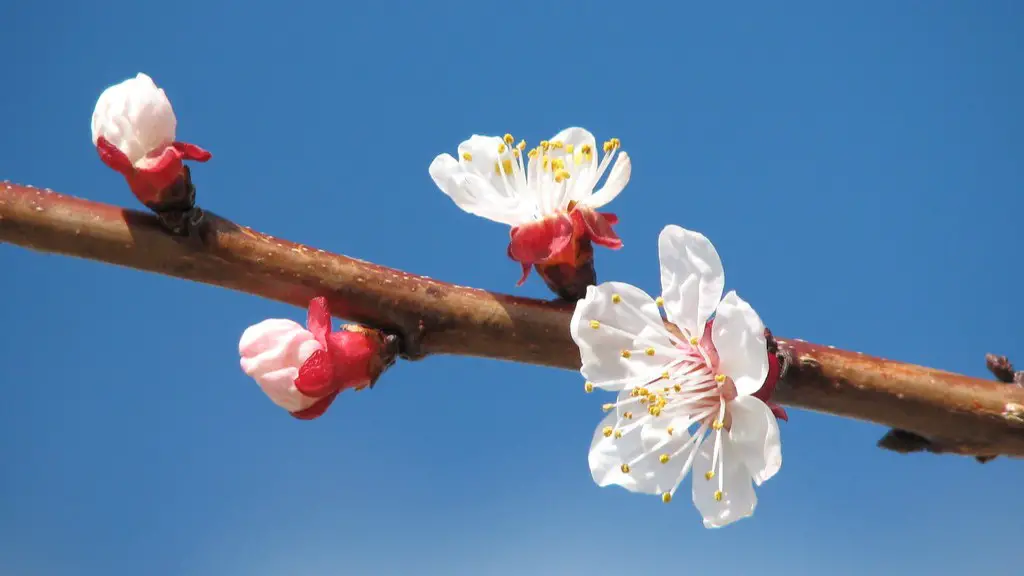As a gardener, you may be wondering when is the best time to trim a lemon tree. This question is not always an easy one to answer, as there are several factors you should take into account before executing any pruning. It’s important to consider the current season, the type of tree, the health of the tree and the degree of pruning required. Pruning your lemon tree when necessary will help to ensure it produces good-quality, healthy fruit.
The Climate Factor
Trimming a lemon tree requires consideration of the current climate. Depending on the region you live in, you may have to trim your tree at different times of year. Generally, it’s best to trim your lemon tree only when the weather is mild and the temperatures are relatively cool. Pruning a tree when it’s especially hot outside could cause more damage than good as the heat could induce additional stress to the tree.
Which Lemon Varieties Require Pruning?
The specific lemon tree variety you have will often determine if and when to trim. If your lemon tree is a dwarf variety, you may want to prune it more frequently in order to keep it small. A standard, full-size lemon tree needs to be pruned every two to three years in order to maintain its natural growth habit and shape. You should check the variety of your tree and consult with your local extension office to determine the specific pruning schedule for your lemon tree.
Tree Health & Age
It’s also important to take into account the tree’s current health status. A tree that has recently been affected by disease or pests should be treated with extra care. It’s best to wait until the tree’s health has returned before pruning it. An old tree should also be pruned less often in order to avoid stressing it out. Pruning an old tree too frequently can lead to increased losses of energy and growth.
The Amount & Type of Pruning
The amount and type of pruning also needs to be taken into consideration. If your tree requires minimal pruning, you may be able to do it at any time during the year. However, if your tree needs more drastic pruning, such as reducing the overall size of the tree or removing dead branches, you should wait until later in the winter or early spring. Doing so will allow your lemon tree to recover faster and start producing new growth with the warmer spring weather.
Factoring In the Current Season
The current season also plays an important role in when to trim your lemon tree. Pruning a lemon tree during the fall and winter season can harm it as the cold temperatures can damage the tree and make it more vulnerable to diseases. It’s best to wait until the early spring season when temperatures are warmer and the risk of infection is lower. Pruning during this time of year also allows the tree enough time to heal and produces new growth.
Fruiting and Flowering Behaviour
Lastly, it’s important to take into account the fruiting and flowering behaviour of your lemon tree. If your tree is a heavy producer of fruit, you should wait until the end of the fruiting season before pruning it. Pruning before the end of the season may reduce the amount of fruits produced the following season. Pruning a lemon tree during or shortly after blooming may reduce the number of flowers for the next season as well.
Trees in Dormant Mode
Trees in dormancy may also require different pruning techniques. During the late fall and winter season, many trees will become dormant as the temperatures decrease. Pruning a tree in this state can lead to shock or damage, so it’s best to wait until the early spring before trimming a dormant tree. While dormant, the trimming techniques should also be more minimal and only a few dead or diseased branches should be removed.
Aesthetic Appearance and Shape
If you plan to trim your lemon tree for aesthetic appeal or to form a certain shape, it’s important to understand how this pruning should be done. Creating a nice shape for your lemon tree takes a lot of patience and practice. You should consult a local arborist or gardening specialist for guidance. Pruning in the late winter or spring season, when the tree is beginning to bloom or produce fruit, is best as the effects of pruning will be less dramatic.
Potential Risks of Pruning
Aside from the risks mentioned above, pruning is also a delicate process that can have an effect on the health of the tree. Improper pruning can lead to stunted growth, disease and even death. Therefore, it’s important to be careful and accurate when trimming your lemon tree. To ensure a successful outcome, you should avoid pruning your tree during unhealthy periods, pruning too much at one time and pruning without good reason.
Watering & Soil Fertility
In addition to trimming your lemon tree, it’s important to maintain its soil fertility and watering habits. Providing water regularly and fertilizing the soil will help to promote healthy growth and fruiting. If the soil becomes depleted or overly dry, it can lead to poor fruit production or even death of the tree. So be sure to check the soil and water your lemon tree regularly for desired results.
Organic Fertilizers
It’s best to use an organic fertilizer for your lemon tree. This type of fertilizer is less likely to induce damage to the soil or tree and uses natural ingredients to help ensure successful growth and fruiting. If you decide to use a chemical fertilizer, you should research the product beforehand and be sure to use it sparingly. Using too much of any fertilizer type can lead to an accumulation of harmful elements in the soil.
Pest Management
In order to keep a lemon tree healthy, it’s important to practice proper pest management. Common pests that can affect a lemon tree include scale, mites and aphids. These pests can be treated by applying an insecticidal soap or neem oil to the tree. Inspecting the tree regularly for any signs of pests can help to catch an infestation early and reduce the amount of damage done.



